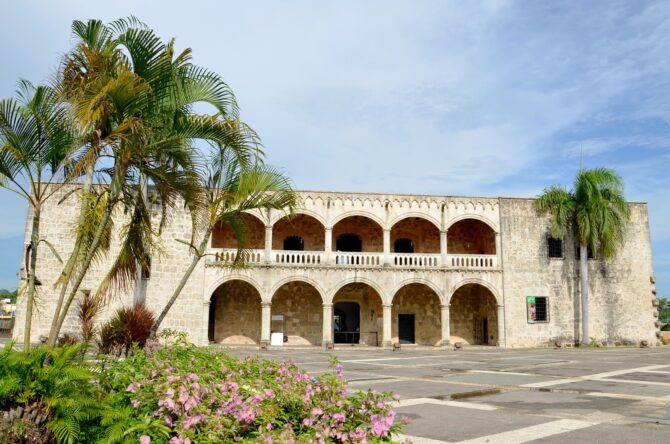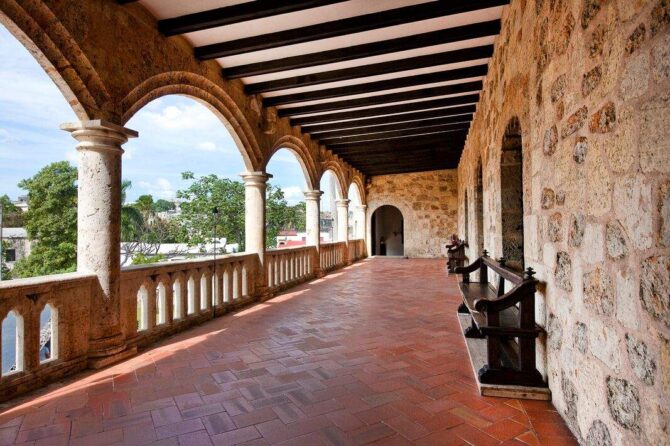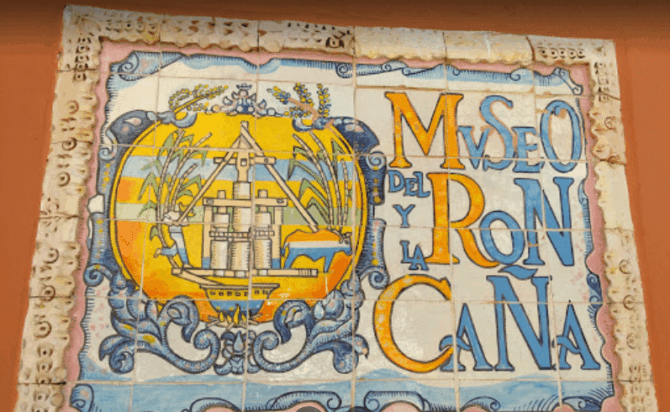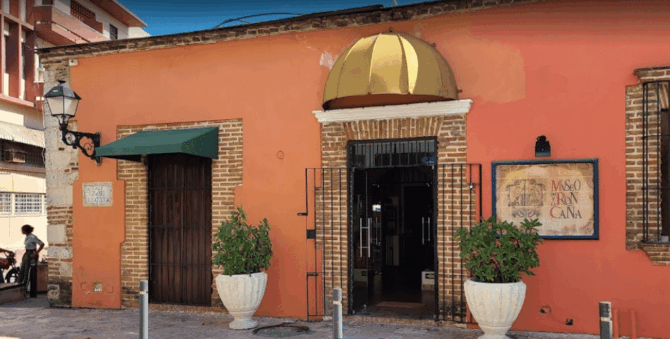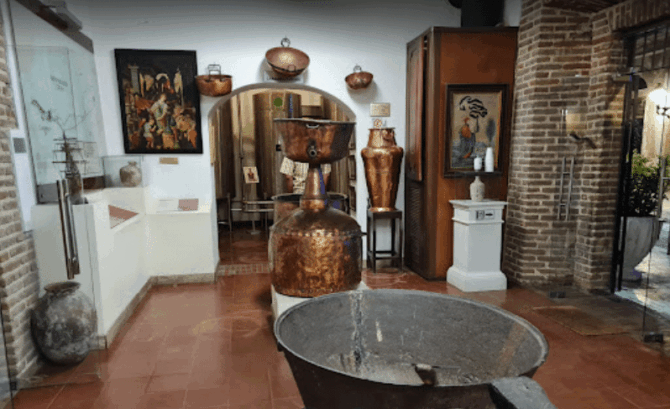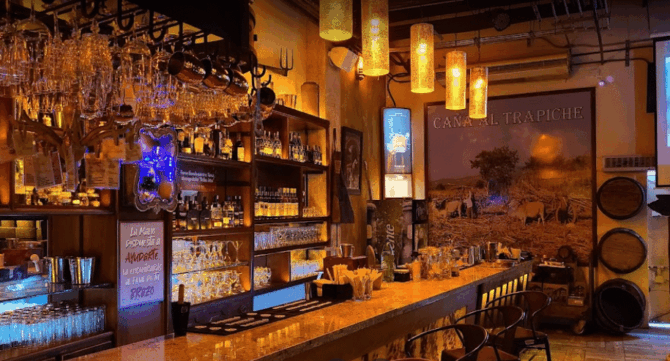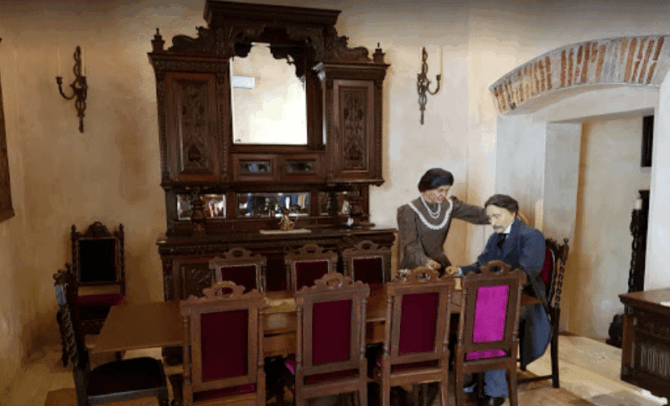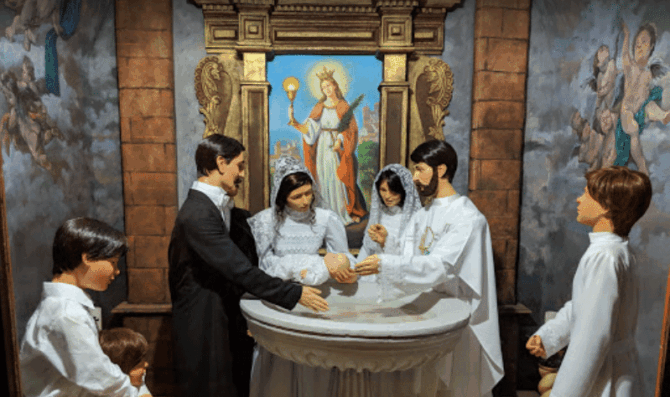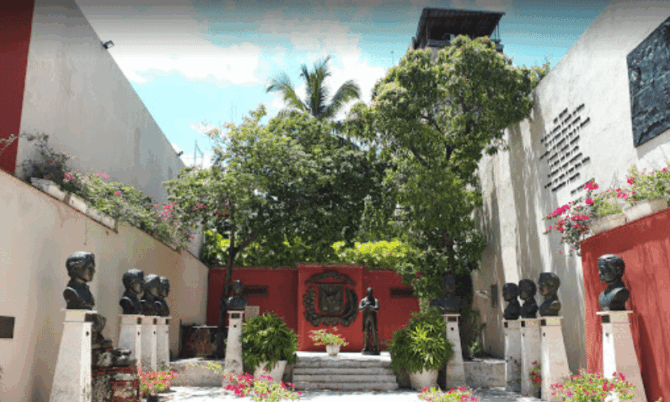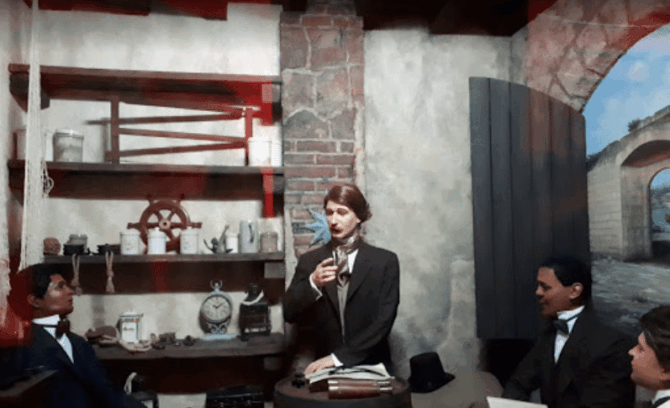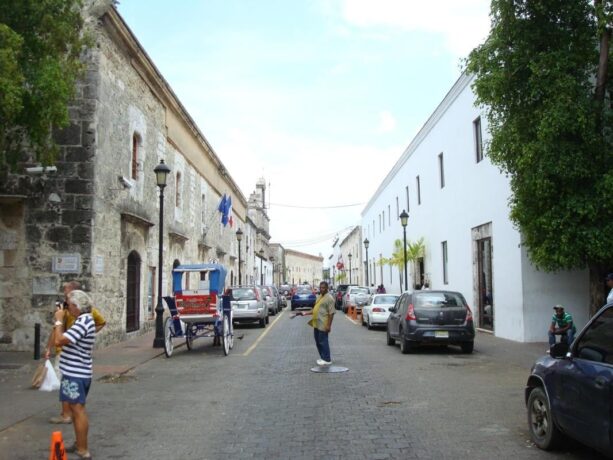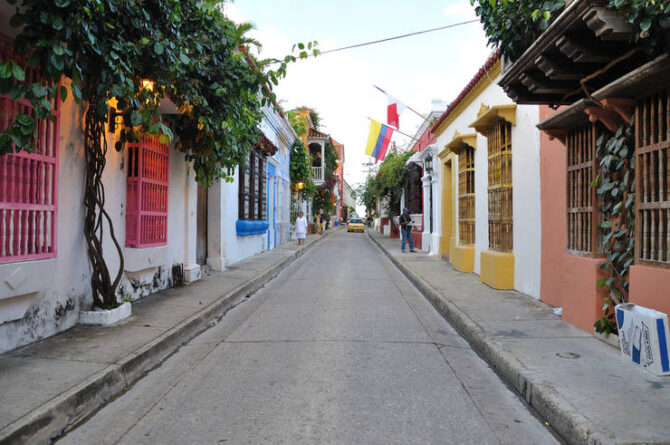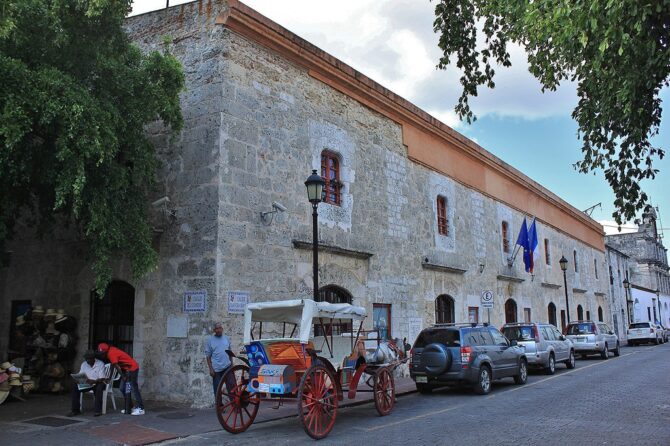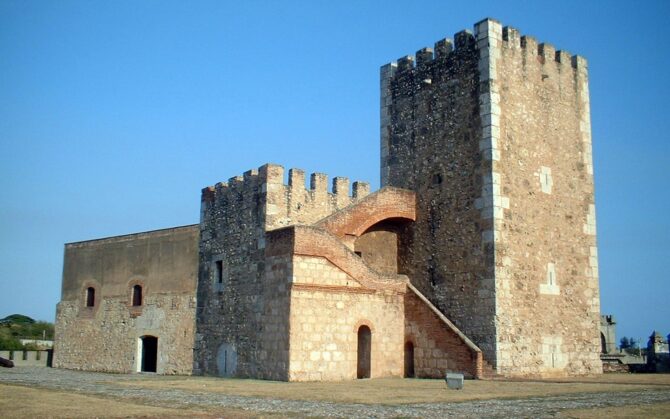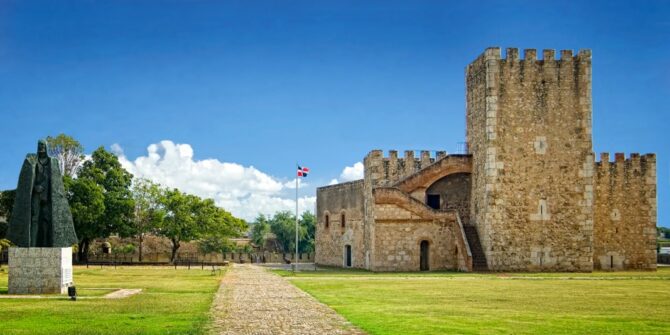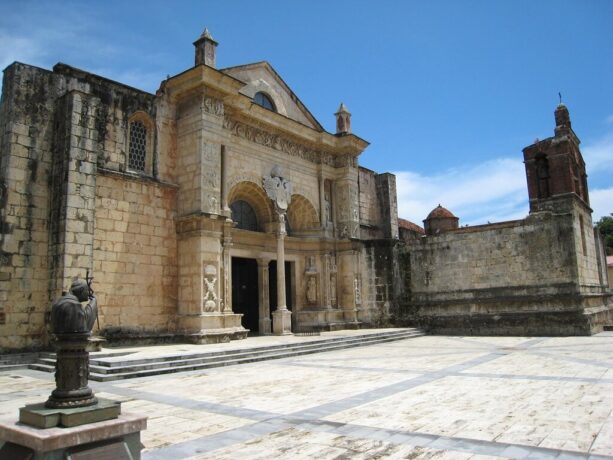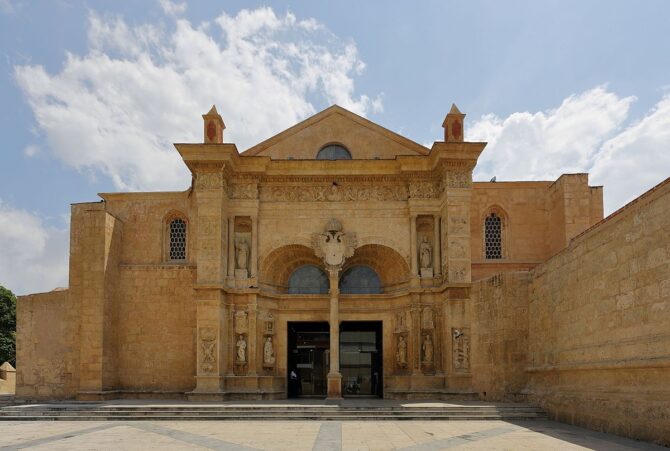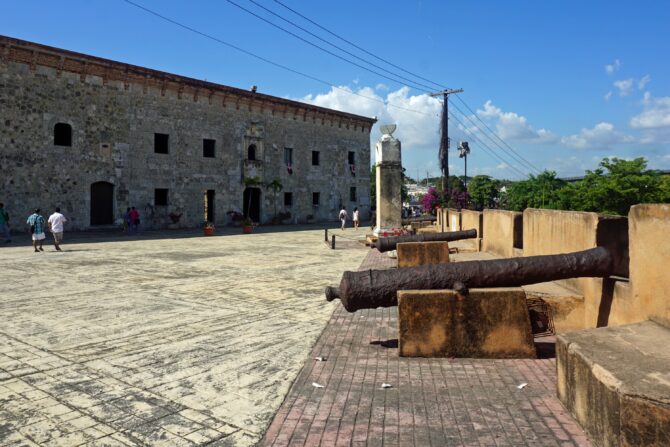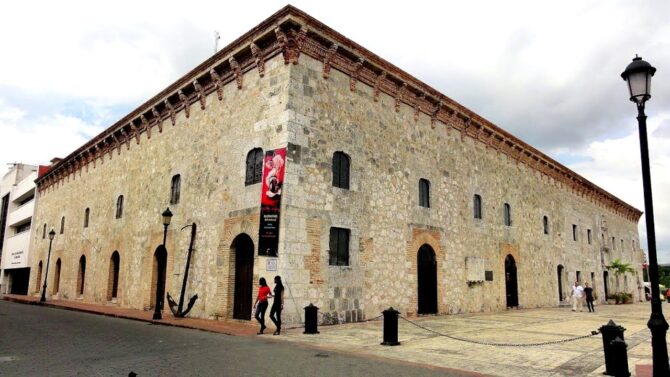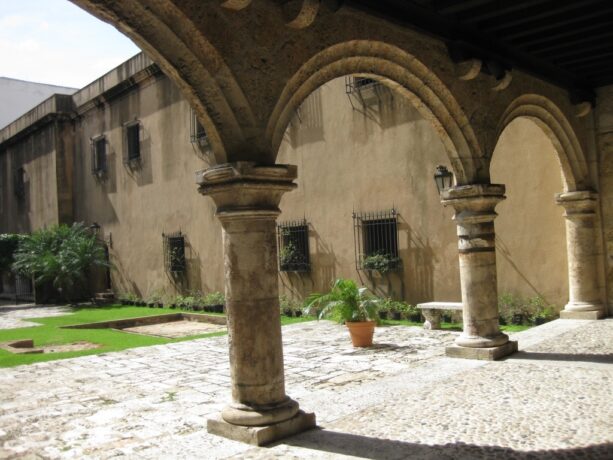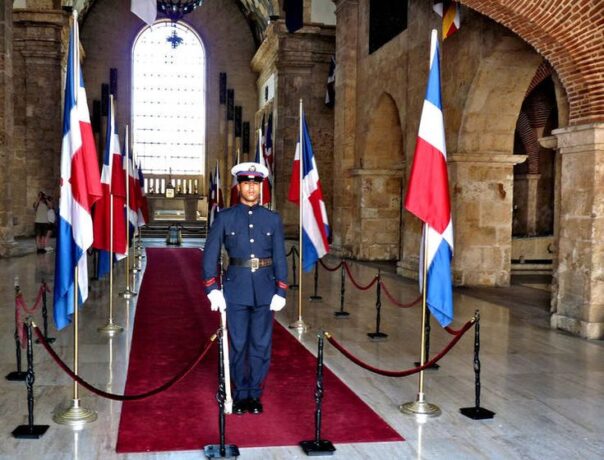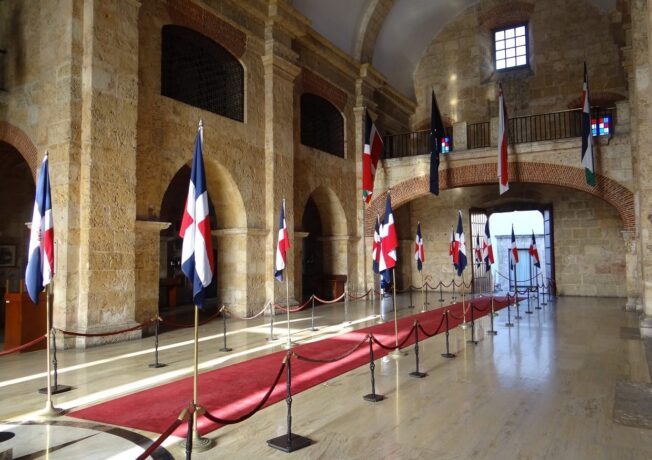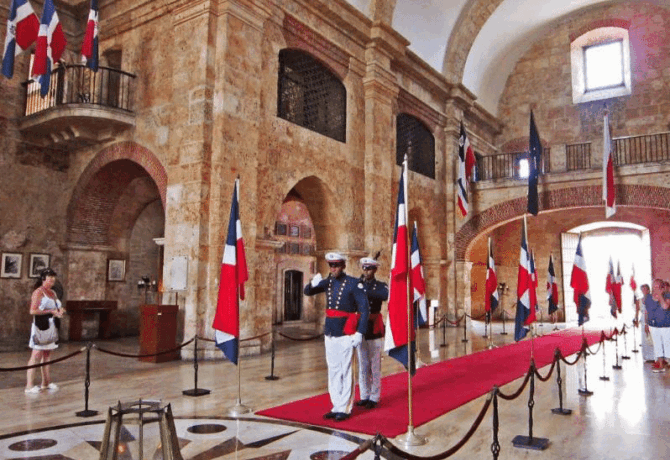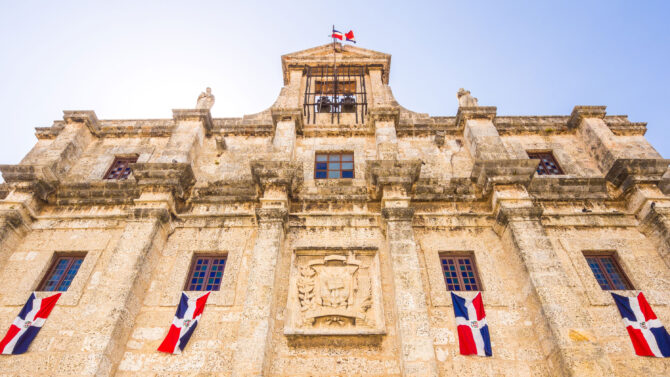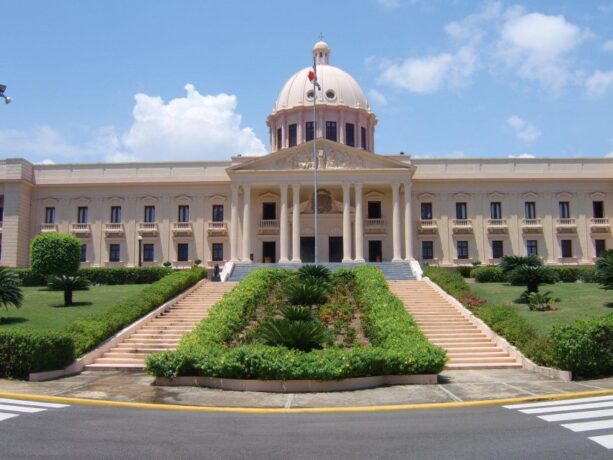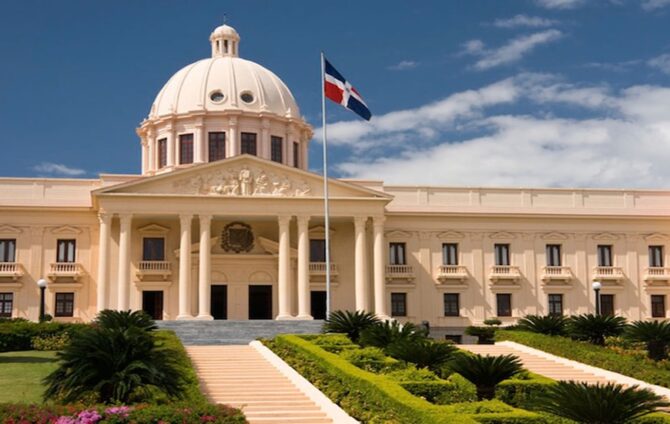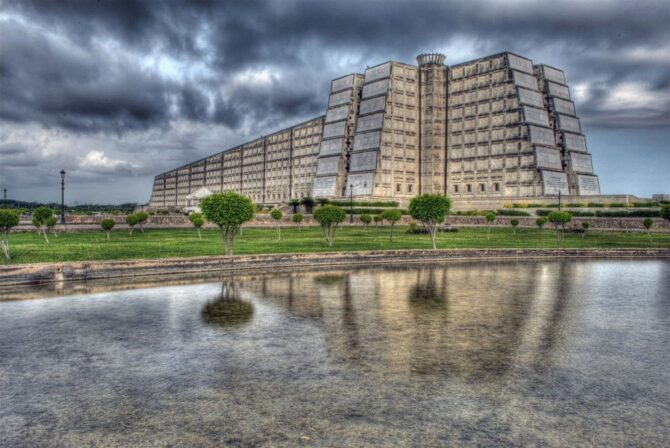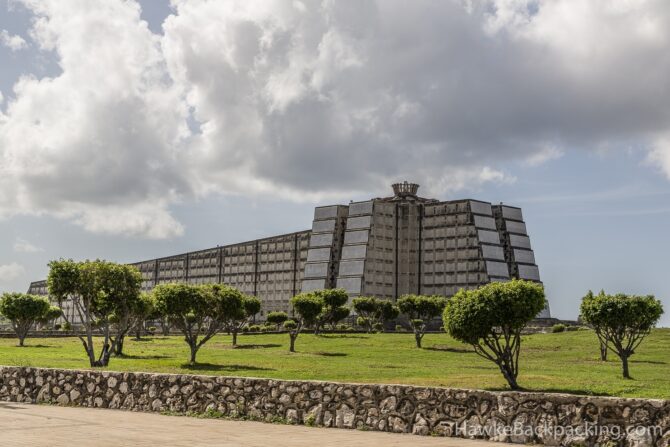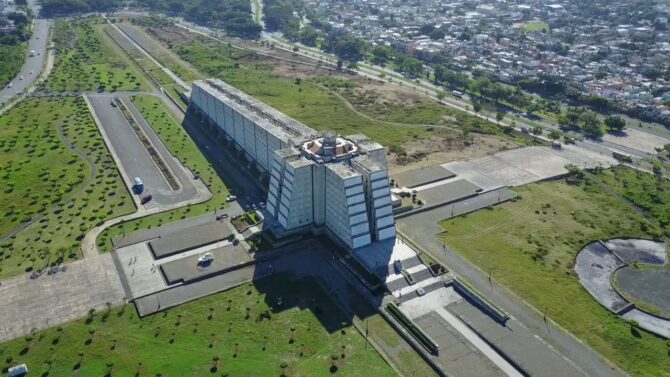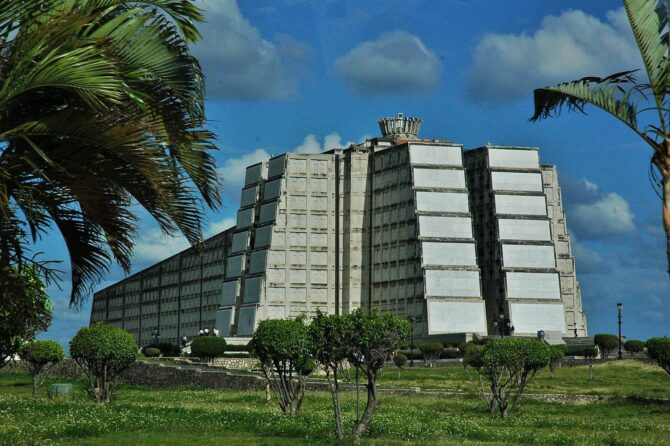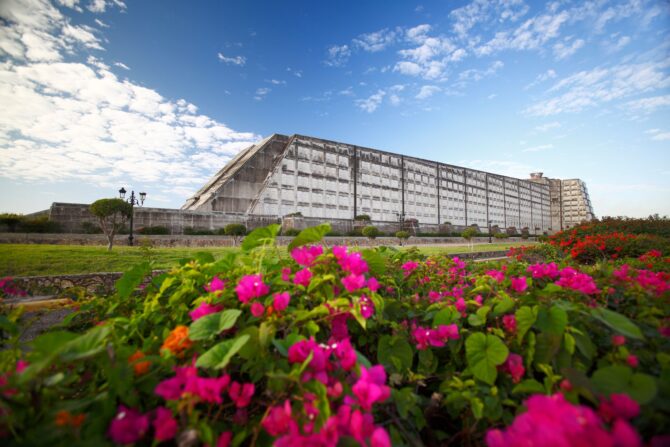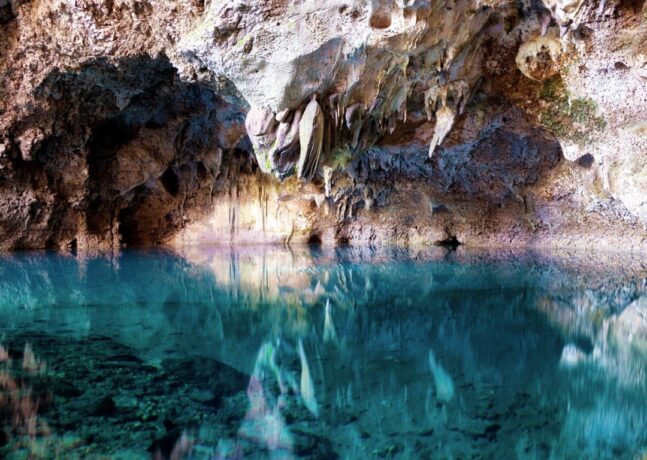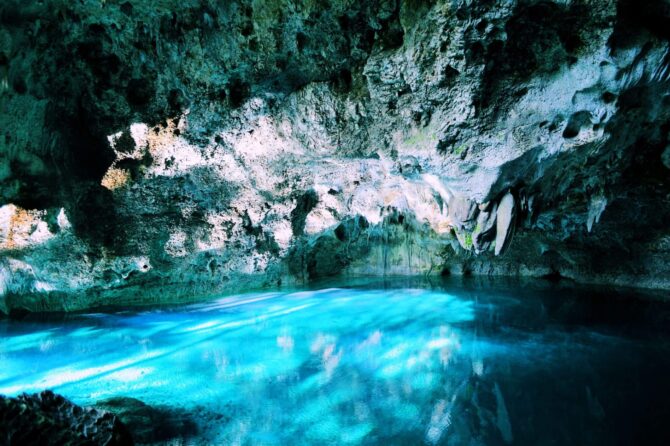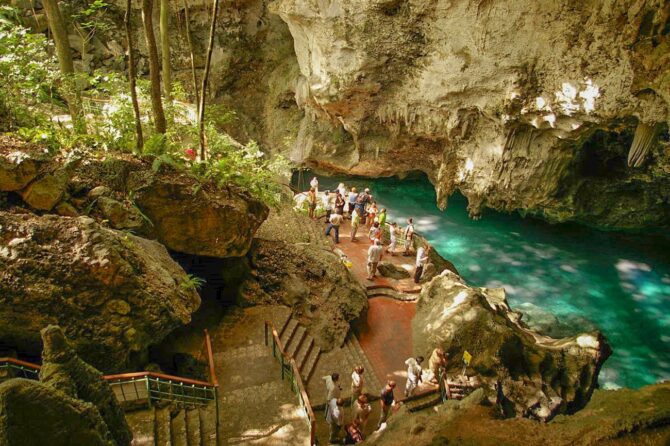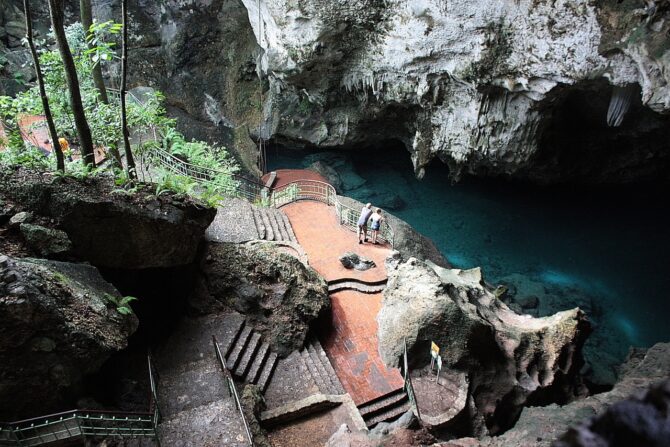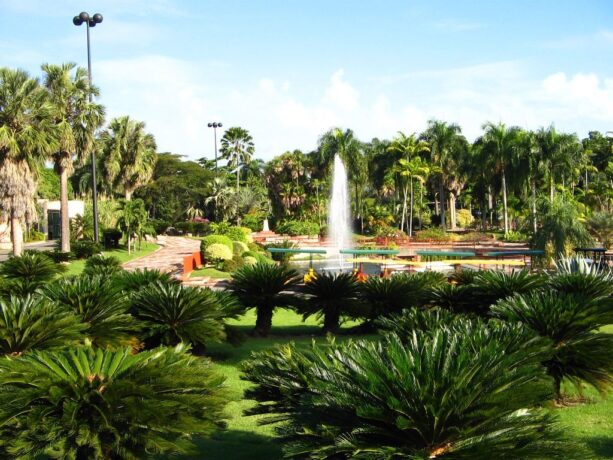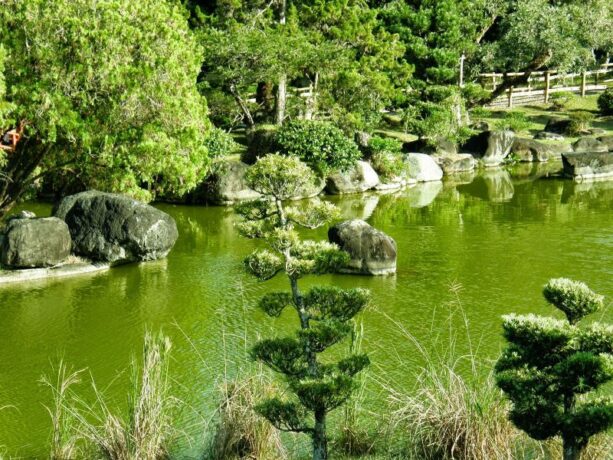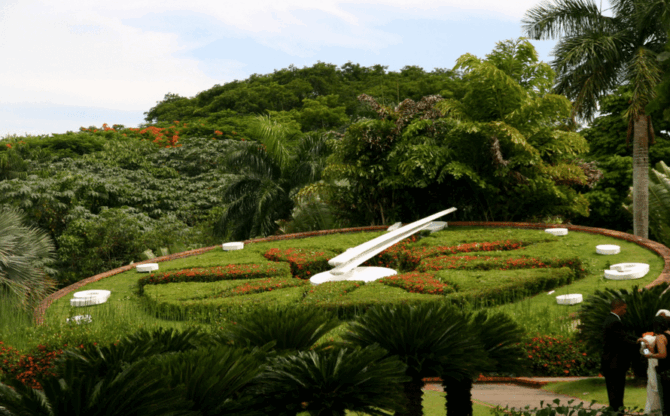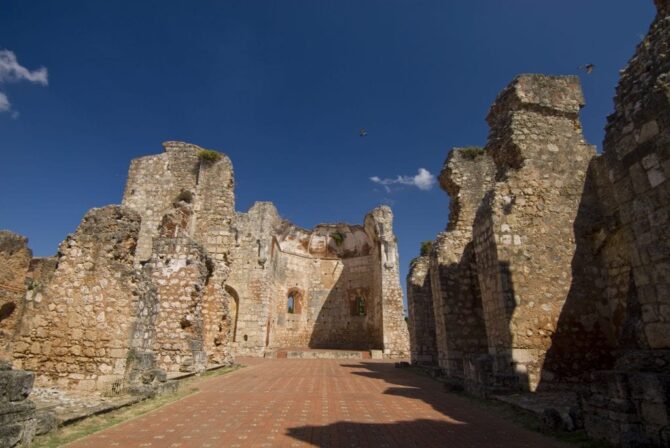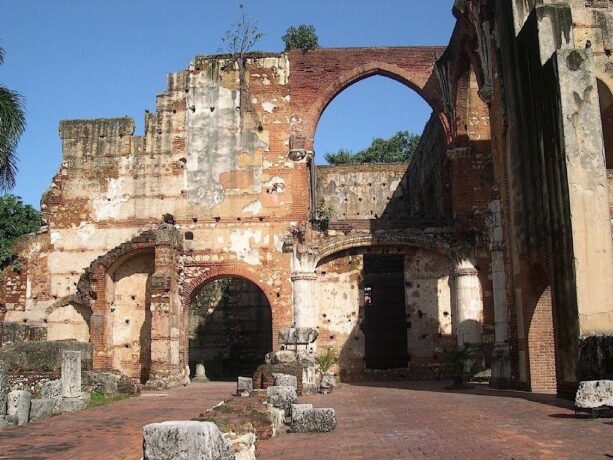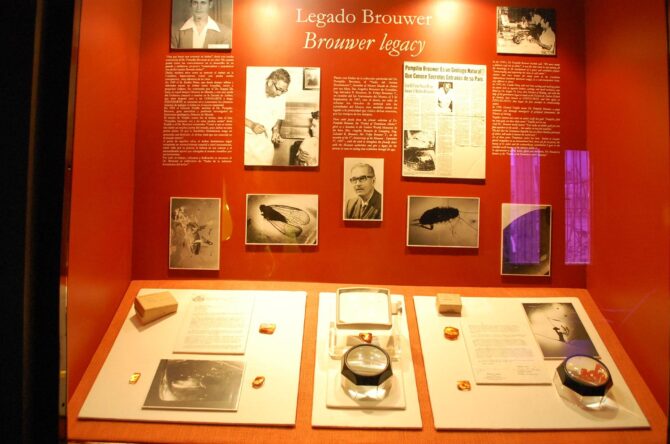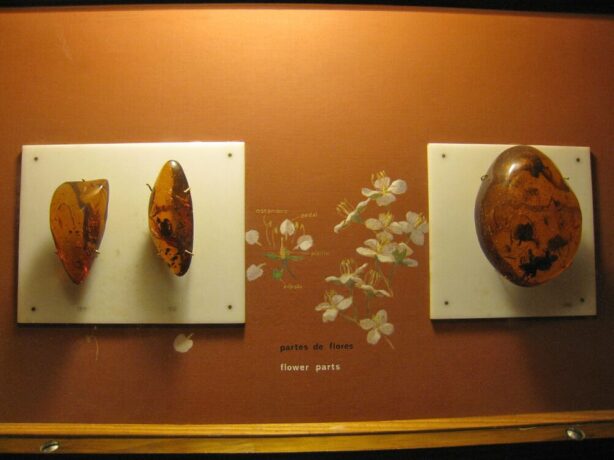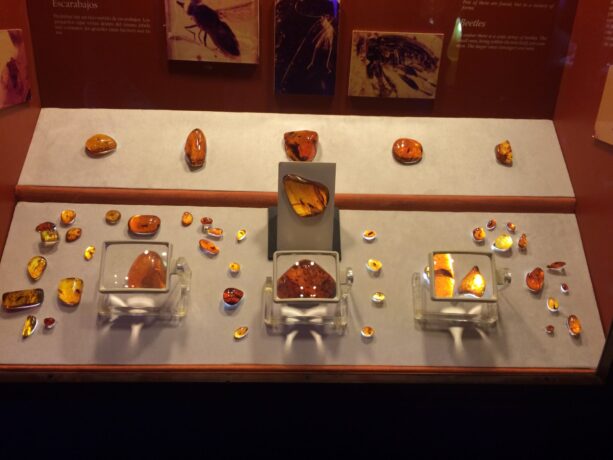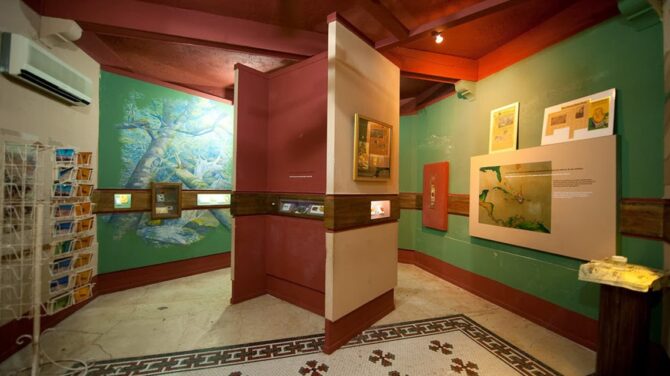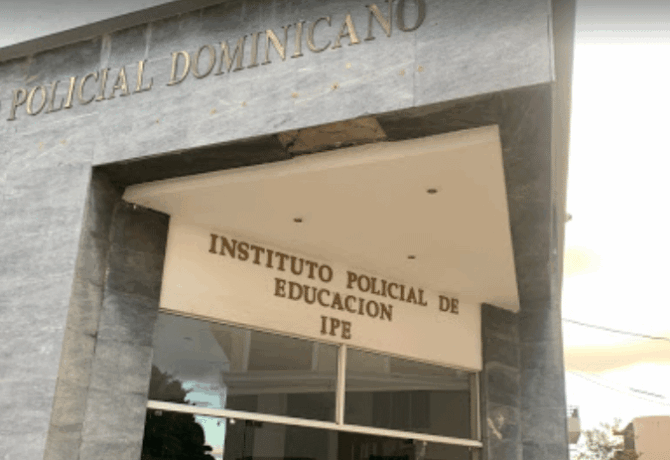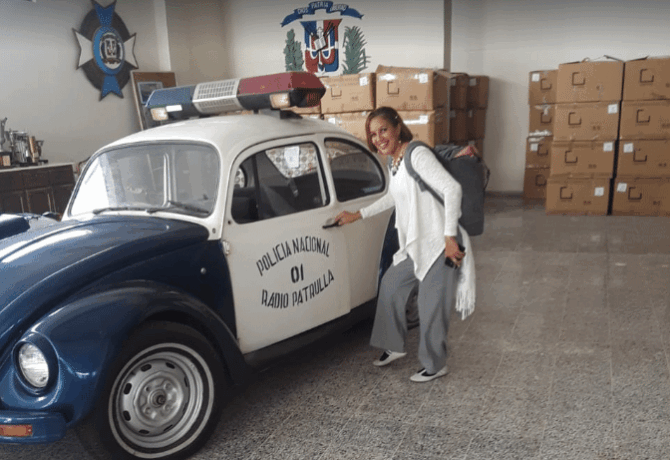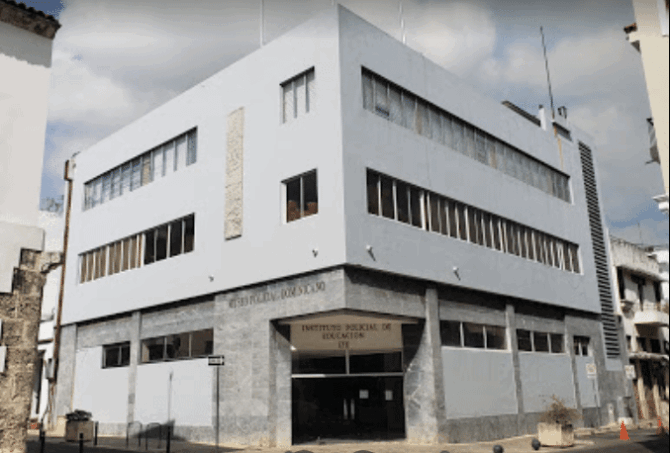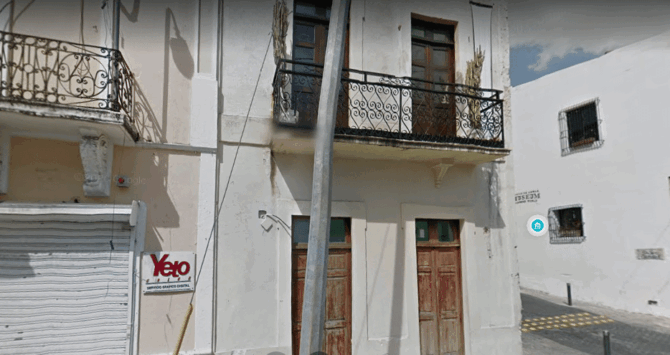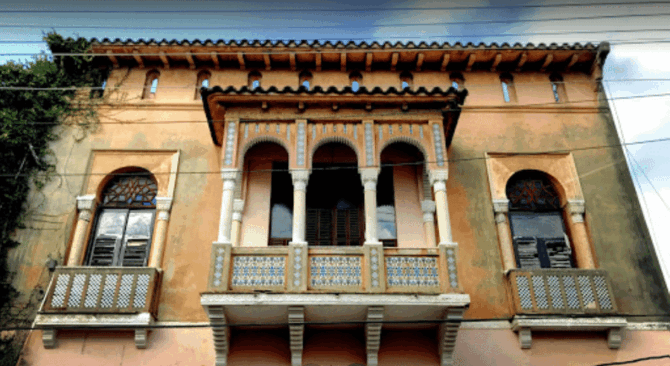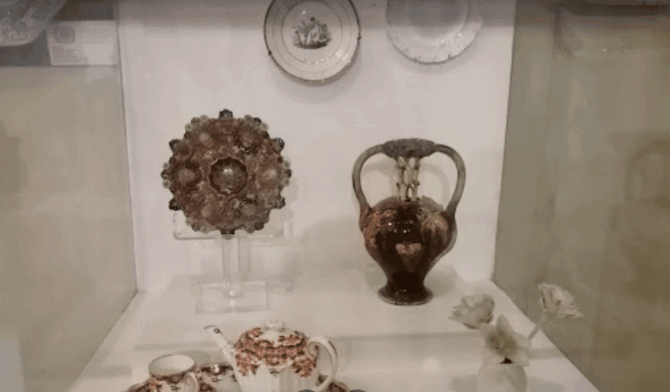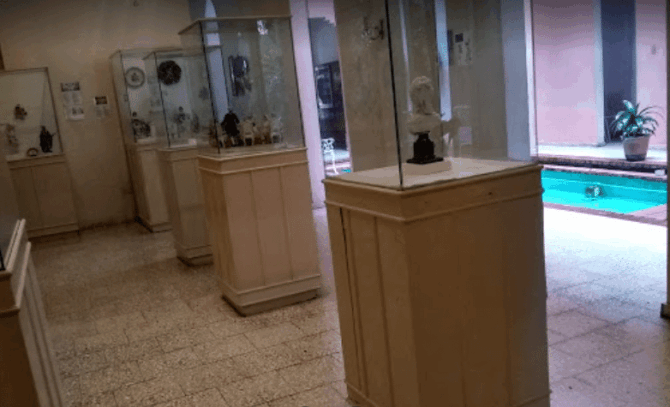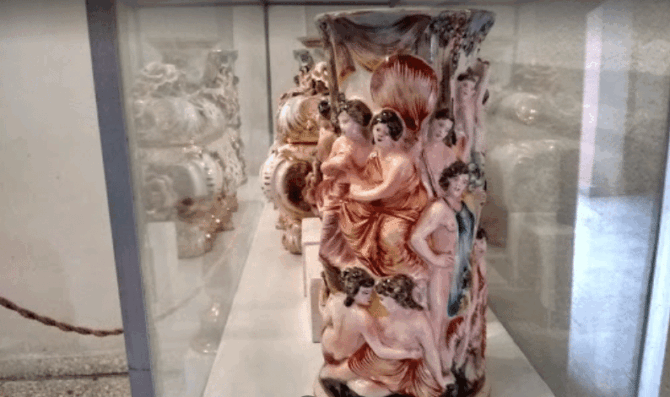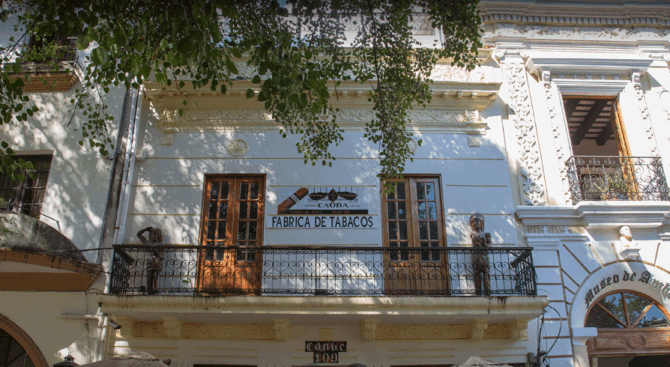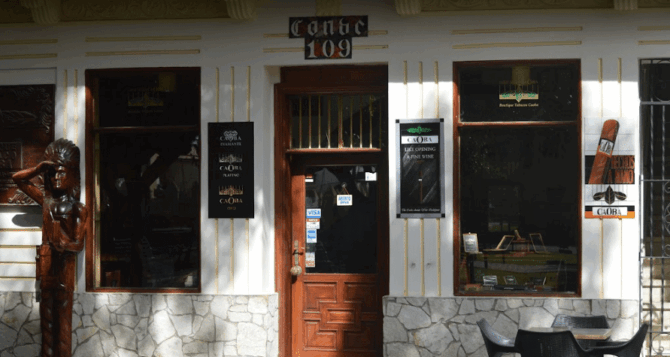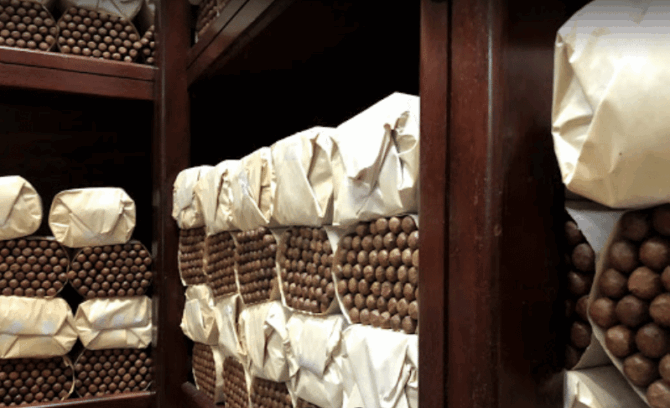Santo Domingo became the capital of all the Spanish colonies of the New World as early as the 16th century. This city is a real museum. It houses a huge number of architectural monuments, sculptures, places of interest. All historical objects are united under the single name “Zona Colonial”. This is the old district of the city, which has been preserved from colonial times. Near it and on its territory there are hotels, in particular, “La Aldea”, “Casas del XVI”, “Villa Colonia”. They are chosen by those who want to get better acquainted with the sights of Santo Domingo.
The review presents the most visited objects of the old district of the city. This is a ready-made excursion tour for those who want to walk independently through ancient and natural places.
- 1 Attractions Santo Domingo on map
- 2 House of Diego Columbus In Santo Domingo (Alcazar de Colon)
- 3 Rum Museum
- 4 Wax Museum (Wax Museum Juan Pablo Duarte)
- 5 Calle de Las Damas
- 6 Osama Fortress (Fortaleza Ozama)
- 7 Cathedral of Santo Domingo (BASILICA MENOR DE SANTA MARA)
- 8 Palace of Kings (MUSEO DE LAS CASAS REALES)
- 9 National Pantheon
- 10 Presidential Palace
- 11 Columbus Lighthouse
- 12 Los Tres Ojos National Park
- 13 National Botanical Garden
- 14 San Francisco Monastery (Monasterio de San Francisco)
- 15 Amber Museum (Amber World Museum)
- 16 Police Museum (Museo de la Polica Nacional)
- 17 Museum of Crafts (Museo de la Artesana Dominicana)
- 18 Porcelain Museum (Museo de la Porcelana)
- 19 Tobacco Museum (Museo del Tabaco)
Attractions Santo Domingo on map
House of Diego Columbus In Santo Domingo (Alcazar de Colon)
Diego Columbus, the eldest son of Christopher Columbus, became the 4th Viceroy of New Spain in 1496. In the same year, he ordered the foundation of the Alcazar de Colon, the oldest royal residence and the first building in the Dominican Republic built of stone. Only local materials were used for construction – yellow limestone, clay, gypsum, animal blood. The residence was built for 18 years. According to the most conservative estimates, more than one and a half thousand Indian builders died during this period. In 1514, the family of Diego Columbus moved here for permanent residence.
After the death of the ruler, the power of the colonists weakened, the house was looted and restored only in the twentieth century. It was robbed by the notorious pirate Francis Drake. His filibusters took all the valuables out of the residence, after which the descendants of the ruler decided not to return here again. They wanted to make a prison here, then they gave it to a cattle farm. In 1870, the house was recognized as an architectural monument. In 1882-83, restoration and restoration work was carried out, after which hotel rooms for guests of the island and conference rooms for meetings appeared in the building.
In 1952, it was decided to organize a museum of the history of the reign of Diego Columbus and the life of his family on the basis of the residence. The facility is open from 09:00 to 17:00, on Saturday and Sunday it is open until 16:00. The entrance ticket costs $ 2 (approximately 100 pesos). At the checkout you can take a free audio guide. The tour lasts about 1 hour.
The attraction is located in the “Colonial District” of the city, convenient for living, relaxing on the beach and walking around interesting places. Nearby there are comfortable hotels – apartments Frente, hotel complex FIXIE LOFTS, inexpensive apart-hotel Cana Palma Aparta. In a kilometer there is a central and landscaped beach.
Address: Plaza de España, Calle La Atarazana 2, Santo Domingo, Dominican Republic
Rum Museum
Not far from the House of Columbus is the Santo Domingo Museum, the exposition of which is devoted to the cultivation and processing of sugar cane, as well as the production of rum. It opened in 2008 in an old villa. It was built in the 16th century, recently the building was restored and restored. The owners liked that the previous owners had equipped a decent cellar for storing alcohol. Now after the tour you can go down here to taste the favorite drink of the pirates of the Caribbean.
The second part of the exhibition is devoted to sugar cane. The exhibition presents plows, sickles and other devices for planting, growing, harvesting this crop. At the exit from the museum, you should visit the shop and buy a bottle of the best Dominican rum as a souvenir. At the store there is a bar, in the wine list of which alcohol for every taste is presented. The museum, shop and bar are open daily from 09:00 to 17:00. Closed on Sunday. Judging by the reviews of tourists, this is one of the unique places throughout the region.
Address: Calle Isabel La Católica, Santo Domingo 10212, Dominican Republic
Wax Museum (Wax Museum Juan Pablo Duarte)
The first wax museum in the republic was opened in the house of the patriot of the Dominican Republic, the hero of the War of Independence Juan Pablo Duarte (1813-1876). He was a prominent political figure and was born here in Santo Domingo. In 1865, Spain recognized the independence of the Dominican Republic. The country was freed from the yoke of the Haitian conquerors. J.P. Duarte was able to return to his homeland, but soon left it again because of disagreements with the junta led by General Santana. He died in Venezuela. In 1884, his remains were reburied in Santa Domingo. In his honor, the highest peak of the Dominican Republic, one of the provinces of the country, is named, his portrait was minted on coins.
You can learn more about Duarte’s life and work at the Wax Museum, opened in his honor. The exposition was presented to the general public in 2017. The exhibition halls are located in a two-story mansion in which the Duarte family lived. The interiors feature wax figures of Juan Pablo and members of his family. The guide will tell many interesting stories from the life of a politician and the stages of the formation of the Dominican Republic as a state.
Calle de Las Damas
The central street of the colonial district of Santo Domingo is also the first real street built on the territory of the two Americas. There is a legend that its construction began at the request of Diego Columbus’s wife – Maria de Toledo – in 1502. Perhaps this is where the name came from, which translates as Street of Women. It is believed that Mary named it after her court ladies. Residential buildings were built here, which are now the sights of the city. In those days, the road connected the homes of high-ranking officials with the church. To make it easier for court ladies to overcome the way from the house to the temple, the road was lined with stone.
Today the street is one unique attraction. Each house on it has historical value. Many are recognized as architectural monuments. Here are: the Pantheon, in which the heroes of the Republic are buried and which is guarded by the Guard of Honor, the House of Jesuits, the fortress of Osama and, of course, the colonial residential buildings, which in themselves look like impregnable fortresses. A leisurely walk will take about half an hour. Las Damas Street opens onto Plaza España.
Osama Fortress (Fortaleza Ozama)
On the run of Las Damas Street and Plaza de España is the main military monument of the 16th century. The beginning of the 1500s was marked not only by the construction of colonial houses, but also by the construction of fortifications. Osama Fortress was built by Spanish conquistadors between 1502 and 1508. Today it is the oldest bastion built by Europeans in america. The site is included in the UNESCO World Heritage List. The initiator of the construction was the founder of the city of Santo Domingo – the third Spanish governor of Haiti, knight of the Order of Alcantara Nicolas de Ovando. He personally chose the site for the construction of the citadel and hired the architect Gómez García de Varela.
For several centuries, the fortress periodically changed its status. Until 1586, it remained a central point for Spanish explorers of the island. She was then attacked and completely looted by the English pirate Francis Drake. After the restoration of minor destruction, a front gate was built here for the entry of royalty. After the declaration of independence, the junta placed a prison here. Both criminals and political prisoners sat in it. In 1965, by order of the President of the Republic Francisco Alberto Caamaño, the citadel was freed from prisoners and decided to transform it into a museum complex. During the restoration work, the Civil War (1965-66) began. The fort was shelled. Bullet marks still remain on the main gate.
The uniqueness of the fortress lies in the fact that it has retained its original appearance and is indeed a monument of the 16th century. Among the most interesting sites on its territory is the Torre del Omenahe Tower. During all coups d’état and wars, it was on its spire that the flag of the new Dominican Republic was hoisted. In good condition is also the old arsenal, the gate of Charles III, the fortress walls on the side of the river. Ticket price – 1$. The entrance to the territory is through the gate of Charles III from the Plaza de España.
Address: Calle Las Damas 1, Santo Domingo 10210, Dominican Republic
Cathedral of Santo Domingo (BASILICA MENOR DE SANTA MARA)
The cathedral began to be built in 1523 on the initiative of the great humanist of the Renaissance, Bishop of Santo Domingo Alessandro Geraldini. The temple was built for 17 years and was completed in 1540. It was consecrated on August 31, 1541. It is the oldest Catholic cathedral in the New World. It is perfectly preserved to this day and is active. On its vast territory there are 7 chapels, the mausoleum “Renacenstitas”. In 1540, the remains of Christopher Columbus, who wished to be buried in the land of the West Indies, were moved here. He was buried in Santo Domingo in one of the crypts of the prebusteria. At the turn of the 18-19 centuries, this part of the island passed to the French and the ashes of the discoverer of America were transported to Cuba. He was then returned to Spain and reburied in the Cathedral of Seville.
In front of the temple in Santo Domingo there is a monument to Christopher Columbus. The cathedral itself in 1920 received the status of a Minor Basilica with the blessing of Pope Benedict V. Its interiors are decorated in the canons of late Gothic. The treasures of the cathedral include unique statues of the 16th century, antique furniture, a collection of jewelry and silverware. The temple is open to the public from 08:00 to 17:00. On Sunday from 12:00.
Address: 55 Isabela La Católica Street, Colonial District, Santo Domingo, Dominican Republic
Website: http://www.arquidiocesisd.org/
Palace of Kings (MUSEO DE LAS CASAS REALES)
At the very end of Calais Las Damas, where the street is connected by Plaza de España, is the MUSEO DE LAS CASAS REALES museum complex. This is one of the most important monuments of the colonial period in the history of the Republic. It was the first headquarters of Spanish power on the coast, as well as the first residence of the Viceroy of Hispaniola, while he was building a residence for himself. The building was built in the early 16th century and was originally intended to house the administrative services of the Spanish colonial authorities. In the south half there was a royal audience hall, a New World court and the Comptroller General’s room. The northern part was intended for the residence of governors.
The exposition is located in 13 halls and rooms. On the terrace along the fortress wall with loopholes there are ancient cannons. You can join a group of tourists or take a portable speaker “Audio Guide” at the checkout. With its help, you can independently explore all the premises of the Palace of the Kings available for visiting, learn the history of colonization and development of the island.
Address: Calle Las Damas, Santo Domingo 10210, República Dominicana
National Pantheon
Walking along Las Damas Street, tourists can not pass by the building, near which the Guard of Honor stands at the post. Here is the National Pantheon of the Dominican Republic, in which people who influenced the development of the country are buried. From 1714 to 1746, the Spanish architect Geronimo Quesada u Garzón built a Jesuit church here. It existed until 1767, when the Jesuits were expelled from the island. The room was then used as a tobacco warehouse, a school and a theater. The latter became an arena for the speeches of ardent revolutionaries fighting for the right of the Dominican Republic to self-determination.
It is impossible to pass by the building. Every tourist who comes here for sightseeing tries to get to the ceremony of changing the guard. This street show takes place every hour: soldiers perform acrobatic stunts, juggle weapons, throwing them to partners, demonstrate drill training. The tradition was born after the decision to bury in the Pantheon heroes of the struggle for freedom and people who made a huge contribution to the formation of the new state. Here lie the chief dictator of the Dominican Republic, Rafael Trujillo; prominent figures killed on Trujillo’s orders; a woman who hand-embroidered the country’s first flag.
Entrance to the Pantheon is free, open on Tuesday and Sunday from 08:00 to 18:00. Photo and video shooting are prohibited.
Address: Calle Las Damas, Santo Domingo 10210, Dominican Republic
Presidential Palace
The Presidential Palace was built under the direction of the architect Guido D’Allesandro from 1944 to 1947. The first stone was solemnly laid by Rafael Trujillo on the day of the centenary of liberation from Haitian occupation. The place for construction was not chosen by chance. From 1916 to 1924, the Presidential Mansion was located here, erected by the US occupation troops. The National Palace, opened on August 16, 1947, is the seat of the Dominican government. It is a symbol of Dominican sovereignty and is the arena for decision-making important for the development of the country.
The project uses three architectural styles: neoclassical, Italian Renaissance and Greco-Roman classics. The majestic dome of the National Palace is a work of art with a diameter of 18 meters and a height of 34 meters. It combines different eras of fine art such as Victorian, Neoclassical and Italian Renaissance. Inside the building, the dome is supported by 18 columns. Tourists are allowed inside only by prior arrangement and as part of an excursion group, but you can always take memorable photos near the building.
Before the New Year, the government arranges an open house month. Everyone can get inside from 06:30 to 21:00 to see the Presidential Christmas Tree, take pictures against the background of the interior or in the illuminated garden. Admission is free. The architectural ensemble of the Palace includes the chapel of St. Raphael the Archangel, designed in the same architectural style.
The National Presidential Palace is located in the heart of the Dominican capital. Tourists are ready to accept hotels located nearby. Among them: three-star “Acuarium Suite Resort”, “Napolitano Hotel”, “Hotel Riazor”.
After seeing the sights located in the city center, you can walk around the neighborhood and visit two more absolutely unique places.
Columbus Lighthouse
In honor of the great navigator and discoverer of America Christopher Columbus, in 1931 it was decided to erect a monumental lighthouse building. The project was developed, but the grandiose structure began to be erected only in 1986. Construction was completed in 1992. The lighthouse, built in the shape of a cross, with a marble facade, a museum and a mausoleum inside, immediately became a tourist object No. 1. Its visit is included in all excursion tours around the capital of the Dominican Republic. You can visit on your own by buying a ticket at the box office. An adult costs 30 pesos, a child/student – 5 pesos. The lighthouse is open to the public from Tuesday to Saturday from 09:00 to 17:00, on Sunday the exposition is open until 16:00, on Monday the museum is closed.
Near the entrance there are flags of different states. They symbolize the brotherhood of all the peoples of the Earth. Inside there is a huge number of halls in which temporary exhibitions are held or permanent exhibitions dedicated to the culture of Latin and Central American countries, Spain, a number of European and African countries. Of interest are the collections of the Archaeological, Ceramic and Iconographic Museums, the National Library. All these objects are located on the territory of the Lighthouse and are available for inspection. The distance from the city center (tourist zone “Zona Colonial”) is about 2 km in a straight line. You can walk, take a taxi or take buses C10C11, C10D, C10S – stop “Av. Mirador Del Este Proximo Av. Jacinto De Los Santos»; C2C1, C2C1S, C2C1SD – stop “Av. Las Americas Despues C/ Masoneria».
Address: Av. Ana, Santo Domingo, Dominican Republic
Los Tres Ojos National Park
On the eastern outskirts of Santo Domingo is the Mirador del Este Natural Park. Several centuries ago, as a result of an earthquake, cup-shaped caves were formed here. Then they filled with water and now represent three colorful lakes. Each of them has an observation deck. A staircase leads down to the caves to a depth of 15 meters. The lakes are connected by stone paths with steps.
The first lake is filled with clear water of bright turquoise color. The second lake – the smallest – with water of yellowish-green color. The third reservoir is the largest. It is located inside the cave and is framed by stalactites. To explore the cave hall better, rafting is offered. The water in the lakes differs not only in color, but also in chemical composition.
In 1916, researchers discovered another lake. The fourth reservoir is considered the most beautiful. The vault of the cave collapsed. Therefore, the lake is more like a volcano crater. A ferry runs to it through an underground tunnel. A ticket to the park with an excursion costs $ 4, for self-examination – $ 1, with a visit to the caves – $ 2. Visitors are given wristbands, with which they can visit all available facilities.
Address: Museo Parque Los Tres Ojos, Parque Mirador del Este, Ave. Las Américas, Santo Domingo, Dominican Republic
For tourists who purposefully come to Santo Domingo for excursions, hotels can organize trips to other attractions of the city. The most interesting of them are described in the continuation of the review.
National Botanical Garden
Within the boundaries of Santo Domingo is the National Botanical Garden. It occupies 2 sq. km of land on the outskirts of the city. You can book an individual excursion or join a tourist group. It is hot and hard to walk on foot, so for comfortable movement there is a road train with an open roof. He travels around the entire garden, making the only stop near the Japanese Corner. This is a great place for a photo shoot.
Working hours: 9:00-18:00. The price of a ticket with a taxi ride from the Colonial Zone is $ 4. If you get there on your own and do without a guide, the cost will be reduced to $ 1.
Address: National District, Avenida Republica de Argentina, Santo Domingo, Dominican Republic
San Francisco Monastery (Monasterio de San Francisco)
On the outskirts of Colonial Santo Domingo are the ruins of a monastery built from 1509 to 1560 by the Franciscan fathers. The building is included in the UNESCO World Heritage List, although it is no longer subject to restoration. It was the first Christian monastery built on the territory of the Americas. First, a hurricane hit him. The monks restored the buildings and in 1544 began the construction of the main part with a temple, chapels, residential and utility rooms. The main church was completed and consecrated on July 23, 1556.
The monastery suffered several destructions from earthquakes, attack and looting by the gang of filibuster Francis Drake, a French siege, and use as a psychiatric hospital. The last destruction was caused by the earthquake of 1930. After that, the buildings were no longer restored, and the territory of the monastery turned into a tourist site. Commemorative and cultural events are held here. Near the main gate in the monastery is buried the Spanish conquistador and governor of the Spanish West Indies Alonso de Ojeda. He died in 1515 in Santo Domingo.
Amber Museum (Amber World Museum)
The coast of the Dominican Republic is famous for the extraction of amber. The first europeans to see the wonderful products made of yellow and very rare blue stone were Christopher Columbus and his team. Local Indians gifted seafarers with products that they produced with their own hands. Production was put on the industrial stream only in the 1980s. The main amber museum is located in Santo Domingo. To house the exposition and store the funds, the government allocated a mansion built in the 17th century in the Colonial district of the capital.
Nearby is the Cathedral and the Columbus Monument, so you can look into this small museum. There is a workshop where visitors are allowed, as well as a shop where you can buy jewelry and souvenirs. The museum is open from Monday to Saturday from 9:00 to 18:00, on Sunday from 9:30 to 13:30.
Address: Calle Arzobispo Meriño 452, Santo Domingo 10212, República Dominicana
Website: http://www.amberworldmuseum.com/
Police Museum (Museo de la Polica Nacional)
On the same street with the Cathedral is a small museum of the National Police. It was created on the basis of archives and repositories that were originally available only to law enforcement officers. In the trend of recent years, it is customary to open museums of a “closed type” for public access. In many capitals of the world, public expositions have appeared telling about the work of the national police. In Santo Domingo, materials of historical, technical and criminal-criminalistic topics are collected. The exhibition with exhibits is located on the basis of the library.
Address: Isabel la Catolica (Emiliano Tejera), 10210 Santo Domingo, Dominican Republic
Museum of Crafts (Museo de la Artesana Dominicana)
This art museum exhibits the works of Dominican artisans, sculptors and artists with a bright talent. At the exhibition you can find everything related to Dominican crafts and art. The exhibits reflect the history of the country and the influence of different cultures on the formation of their own style. Here are products made by the Taino Indians, Spanish and African immigrants. Among them: home textiles, household utensils, bottles made of higüero or coconut, decorated with bright paintings. Folk art is represented in jewelry and carvings, which are full in souvenir shops.
The museum is open from 09:00 to 17:00. On holidays and Nights of Museums, concerts are organized in the hall, and the entrance for all comers becomes free. There is a souvenir shop in the building, where you can buy something as a souvenir.
Porcelain Museum (Museo de la Porcelana)
A private historical museum presents a variety of porcelain products. Here is a unique collection, the owner of which is a resident of Santo Domingo named Margarita. She is bilingual and prefers to conduct excursions on her own. She is well versed in the theme and popularly explains the difference between porcelains made in other countries. After the tour, the hostess will present her hobby. All her life she collected a collection of porcelain cats. When she bought the figurines, there were always a few more items worthy of attention nearby. So there was an idea to create a museum of porcelain. It is located in a two-storey mansion and is open from 10:00 to 16:00 daily.
Address: Museo de la Porcelana, C/ José Reyes, No. 6, Ciudad Colonial Santo Domingo
Website: https://www.facebook.com/Museo-de-la-Porcelana-129159523797066/
Tobacco Museum (Museo del Tabaco)
Every tobacco factory in the Dominican Republic has its own small museum, but the most interesting of them is in Santiago. This is a city with metropolitan ambitions, trying not to yield to Santo Domingo. There is an oldest cultural park, a university, comfortable hotels, theaters and museums. Usually the tour starts from The Duarte Park. On its eastern outskirts is the famous Tobacco Museum. It was opened in 1984. The exhibition was created in such a way as to tell in detail about the art of making cigars and how their production has developed since the 16th century. The museum is open from 9 a.m. to 12 p.m. and from 2 p.m. to 5:30 p.m.
Address: Parque Duarte, Santiago de los Caballeros, Dominican Republic
Website: http://sobrecaribe.com/2009/08/18/el-museo-del-tabaco-en-republica-dominicana/
The sights of the capital of the Dominican Republic and its environs will not leave tourists indifferent. Hotels in Santo Domingo are aimed at travelers from different countries. The staff is always ready to assist in organizing an interesting tour.

